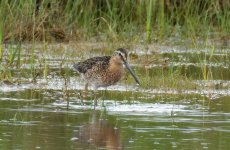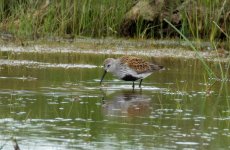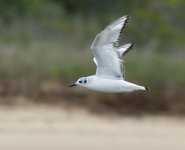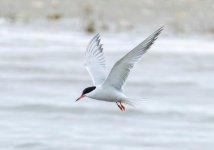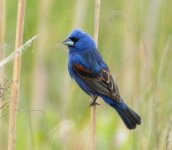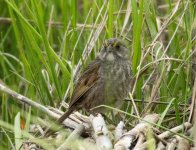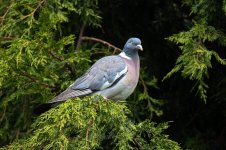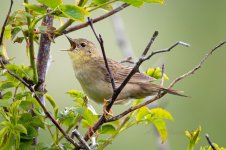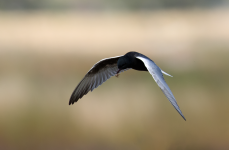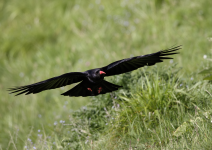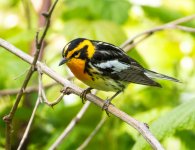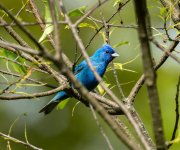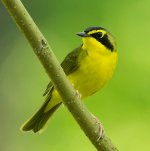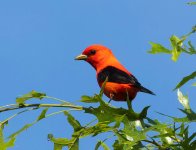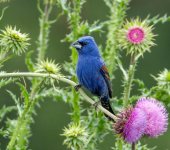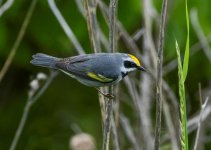Brad Hacker
birder-photographer

This is a problem with all the R-series cameras: the center-spot is about twice the size as it is on a D-series camera. If you are used to using a DSLR and using the center-spot AF to photograph birds, you will be disappointed by the existing mirrorless bodies in spot AF mode. A solution is to use back-button focus, "pre-focus" with the center spot (or use manual focus!) and then roll your finger over onto eye focus and then hope that the camera finds the bird's eye rather than something else; often I have to roll back and forth between the two buttons. If the bird is big enough and the eye contrasts enough with the bird's face, this usually works. If the bird is too small, the eye not contrasty, or nearby leaves, bark, waves or some eye-like part of the bird (e.g., nightjar tail spots) is "more attractive" to the AF eye-detect, you may be doomed. While annoying compared to a DSLR, the low-light capabilities and BiF capabilities of the R-series cameras outweigh the center-spot AF deficiencies enough that I switched from DLSR to mirrorless after a long period of using both together in the field. In my opinion, it is the AF capabilities that need the most improvement in all mirrorless cameras used for bird photography and I am "desperately" waiting to see what Canon has achieved with the R5 mark ii and the R1.What AF setting are you using? In my opinion the Spot AF on the R7 is the worst thing about it because the spot is too big. If the bird is small in the frame (which they usually are) it can't find the bird properly a lot of the time. On the plus side, other AF settings such as the Whole area AF are a huge improvement on what I've had before.
(If anyone knows of a truly meaningful side-by-side comparison of small-bird AF of top-end Canon/Sony/Nikon mirrorless cameras, I'd like to see it.) People I know with more than one manufacturer's mirrorless body report minimal differences.






